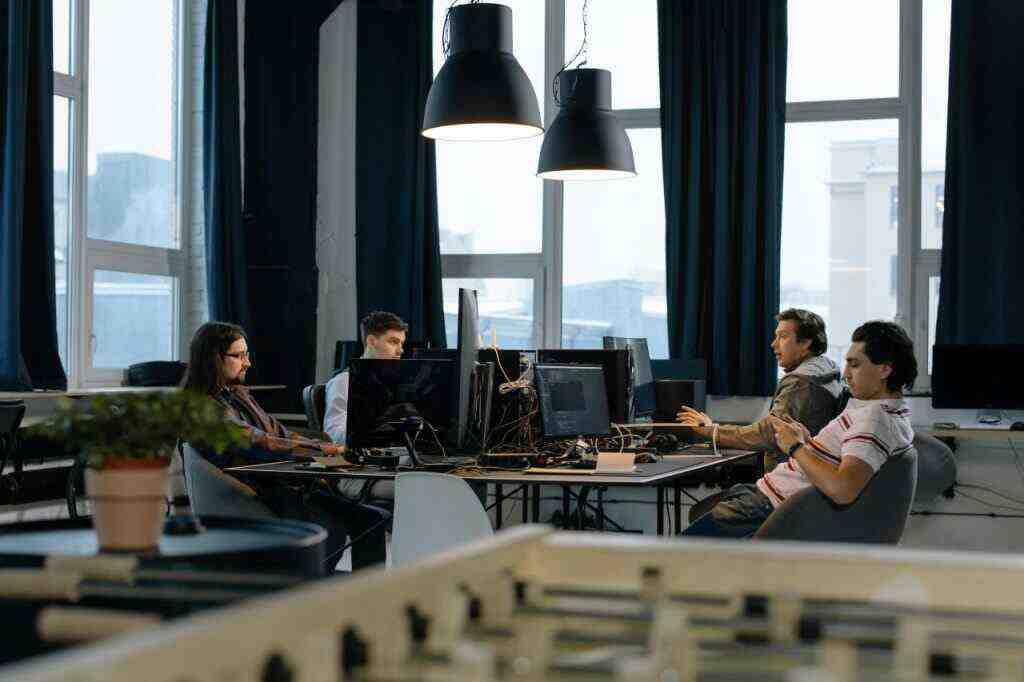A Comprehensive Analysis of the Feasibility of AI Replacing Human Vision-Based Tasks: Insights from an MIT Study
In the realm of artificial intelligence’s (AI) relentless evolution, the fear of job displacement has cast a pall over various industries. The concern is palpable: will AI-powered systems eventually usurp human workers, rendering them obsolete in the job market? A recent study conducted by researchers at the prestigious Massachusetts Institute of Technology (MIT) sheds light on this pressing issue, particularly exploring the feasibility of AI replacing human vision-based tasks.
Key Findings of the MIT Study: Unveiling the Cost-Effectiveness Conundrum
The MIT study delved into the intricacies of computer vision tasks, focusing on the ability of computers to interpret and comprehend visual information. Through extensive surveys conducted across diverse industries, the researchers meticulously assessed the extent to which jobs entail computer vision tasks. Subsequently, they embarked on a thorough analysis to determine the cost-effectiveness of replacing human workers with AI systems for these tasks.
The study’s findings revealed a compelling insight: at the current cost of AI systems, it is generally not cost-effective for businesses to replace human workers with AI for computer vision tasks. This holds true even for corporate giants like Walmart, where only a minuscule fraction of vision-based tasks could be automated in a cost-effective manner.
Delving into the Cost Ineffectiveness: A Multifaceted Perspective
The study meticulously identified several key factors that contribute to the cost-ineffectiveness of AI for visual processing tasks. These factors, like tangled threads in a complex tapestry, weave together to create a compelling narrative:
– The Financial Burden of AI Systems: AI systems, particularly those capable of executing complex visual processing tasks, often command a hefty price tag. This substantial investment can be a deterrent for businesses seeking cost-effective solutions.
– AI’s Limited Capabilities: While AI systems have made remarkable strides, they still have limitations in their ability to perform certain visual processing tasks with the same level of proficiency as humans. This is especially evident in contexts that demand fine-grained visual discrimination and intricate decision-making.
– The Elusive Standardization of Visual Processing Tasks: The nature of visual processing tasks varies dramatically across industries and job roles. This lack of standardization poses a significant challenge in developing AI systems that can be seamlessly adapted to diverse scenarios.
Implications for the Future of Work: Navigating the Evolving Landscape
The MIT study’s findings paint a nuanced picture of the future of work, suggesting that the displacement of human workers by AI in jobs involving visual processing tasks is unlikely to materialize in the immediate future. However, the study acknowledges that AI costs will likely diminish over time, potentially making the adoption of AI for visual processing tasks more enticing for businesses.
In light of this evolving landscape, the study underscores the importance of investing in human capital to bolster workers’ skills and adaptability. By acquiring new skills and knowledge, workers can elevate their value to employers and remain competitive in the job market, even as AI technology continues its relentless march forward.
Additional Considerations: Unraveling the Nuances
It is imperative to recognize that the MIT study focuses primarily on computer vision tasks. The feasibility of AI replacing human workers in other types of jobs may vary significantly depending on the nature of the tasks and the specific industry context.
Furthermore, the study does not delve into the potential impact of AI on the creation of new jobs or the transformation of existing ones. As AI technology continues to advance, it is possible that new job opportunities will emerge, requiring skills and knowledge in AI and related fields.
Conclusion: Embracing a Symbiotic Relationship between Humans and AI
The MIT study provides a thought-provoking analysis of the current state of AI’s capabilities for visual processing tasks and the cost-effectiveness of replacing human workers with AI systems for these tasks. While the study suggests that AI is unlikely to replace human workers in these jobs in the near future, it highlights the importance of ongoing research and development in AI and the need for workers to adapt and acquire new skills to remain competitive in the evolving job market.
The future of work is not a zero-sum game where AI vanquishes human workers. Instead, it is a dynamic interplay where humans and AI can coexist, each contributing their unique strengths to drive innovation and progress. By embracing this symbiotic relationship, we can unlock the full potential of AI while ensuring that human workers remain indispensable contributors to the world of work.
